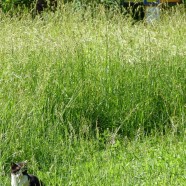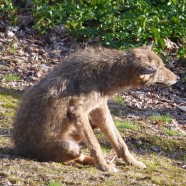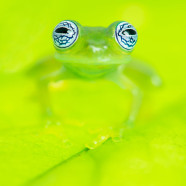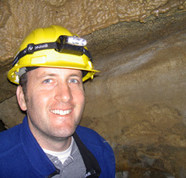Keep cats indoors
The “welcome” and “hunt safely” notices on this state game land in Pennsylvania are not for this feline. There are zero reasons to allow our furry friends, predators who kill several billion birds and small mammals each year, outdoors. Please keep them inside. Always.
Read MoreMange, poisons and wildlife
Early yesterday afternoon I posted an article on our Facebook page titled, “Household rat poison linked to death and disease in wildlife” from the Los Angeles Times. It discussed the following: The mountain lion known as P-22 looked majestic just a few months ago, in a trail-camera photo shot against the backdrop of the Hollywood sign. But when a remote camera in Griffith Park captured an image of the puma more recently, it showed a thinner and mangy animal. Scientists sedated him and drew blood samples. They found evidence of exposure to rat poisons. Now, researchers say they...
Read MoreGhost Glass Frog (Sachatamia ilex) by Twan Leenders
We’re back from a successful research trip to the Rara Avis Rainforest Reserve in Costa Rica with a group of hard-working and dedicated high school students from Litchfield, CT. There are many stories to tell and highlights to relay: we banded neotropical migrants, discovered rare frogs, tracked exotic mammals, extracted many miles of spider silk. Details will follow soon. For the time being, here is a picture of one of my personal favorite denizens of the Rara Avis forest, the Ghost Glass Frog (Sachatamia ilex), to give you a taste of some of the amazing animals we work with.
Read MoreFebruary speaker – Dr. Robert S. Feranec
Dr. Robert S. Feranec, Curator of Vertebrate Paleontology and Curator of Mammals at the New York State Museum in Albany, will present a program titled, “Carbon Dating the Megafauna of New York at the End of the Ice Age” at the Roger Tory Peterson Institute of Natural History on Monday, February 24 at 7 p.m. Twenty-five thousand years ago, at the height of the last Ice Age, New York State was almost entirely covered by ice. The retreat of the ice, in the thousands of years that followed, left habitable land available for plants and animals, such as woolly mammoths and giant ground sloths. ...
Read More







